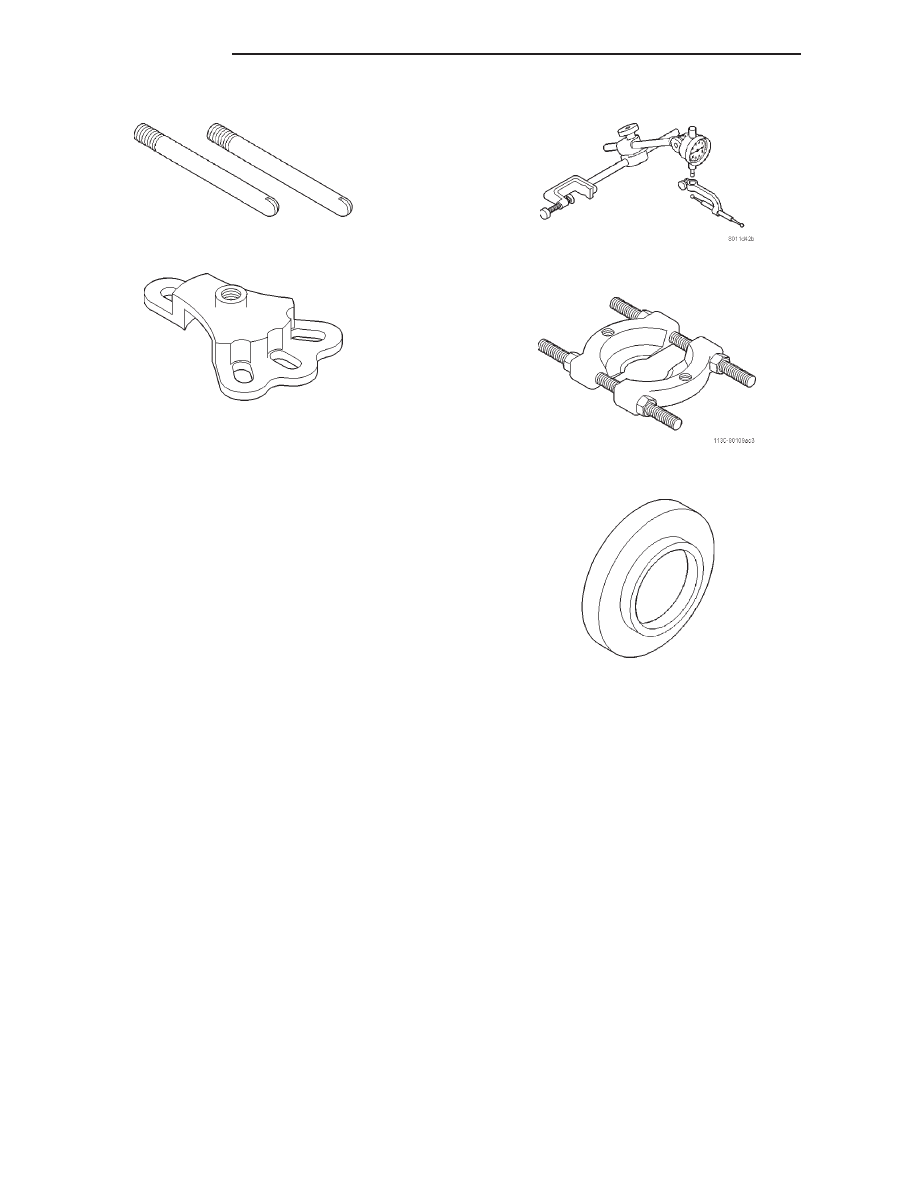Jeep Grand Cherokee WJ. Manual - part 37

Guide Pin—C-3288-B
Hub Puller—6790
Dial Indicator—C-3339
Splitter, Bearing—1130
Installer, Gear/Bearing—7913-A
3 - 94
198 RBI AXLE
WJ
SPECIAL TOOLS (Continued)
|
|
|

Guide Pin—C-3288-B Hub Puller—6790 Dial Indicator—C-3339 Splitter, Bearing—1130 Installer, Gear/Bearing—7913-A 3 - 94 198 RBI AXLE WJ SPECIAL TOOLS (Continued) |